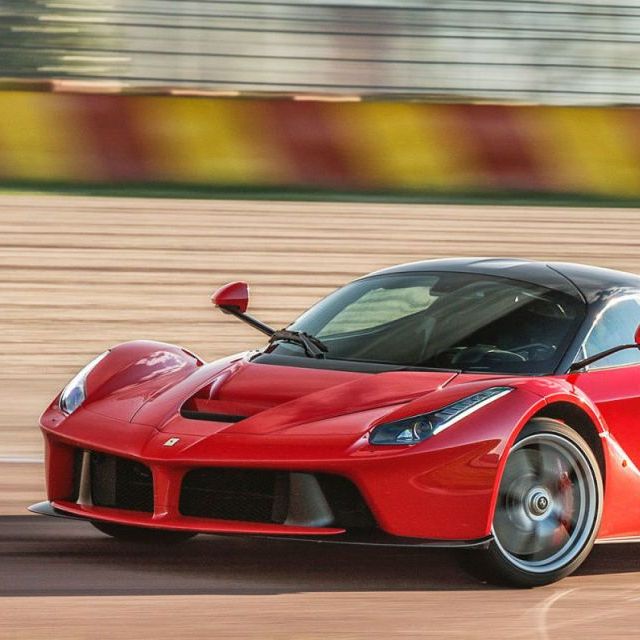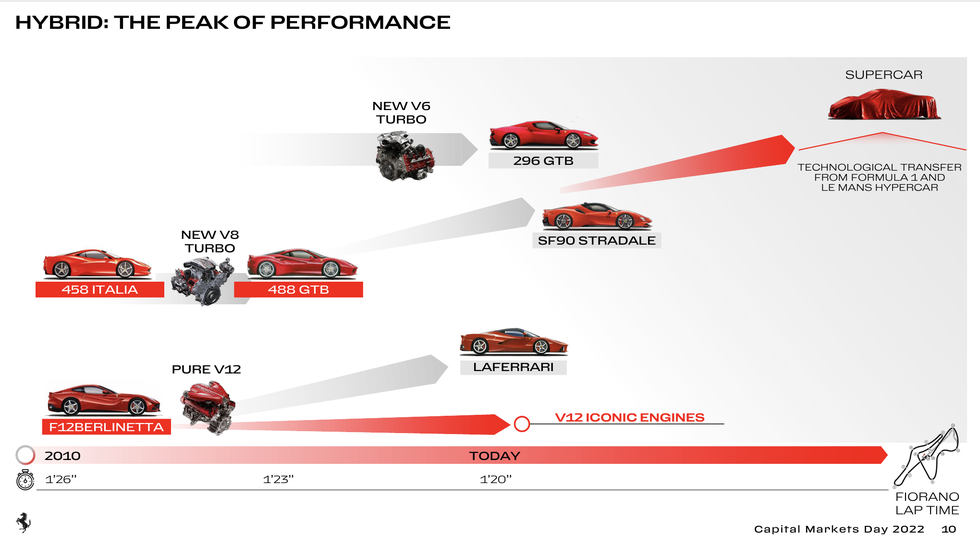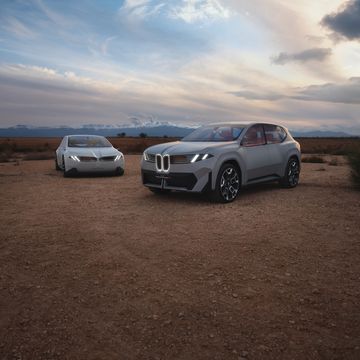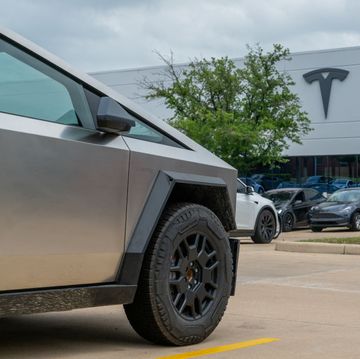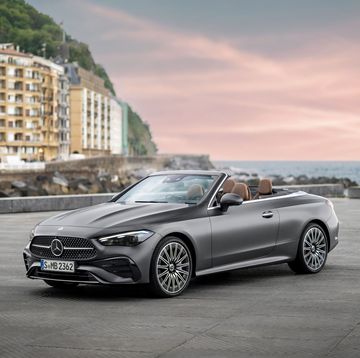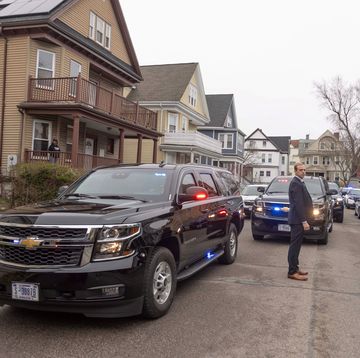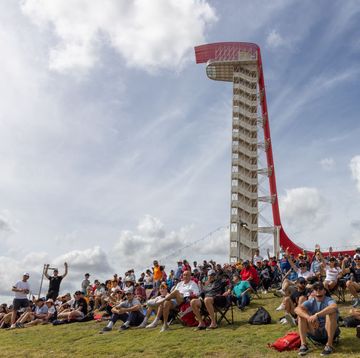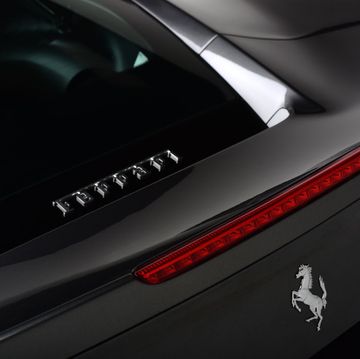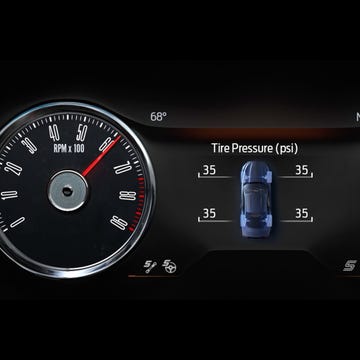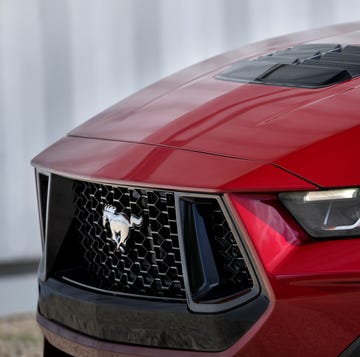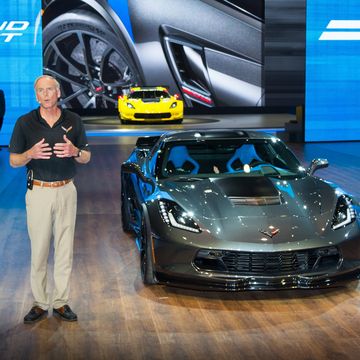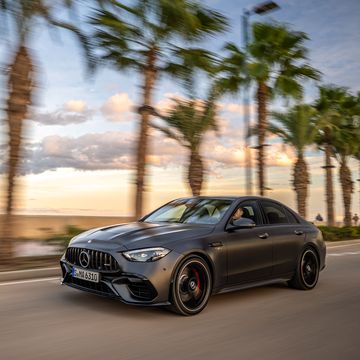Ferrari unveiled its latest business plan on Thursday, and as expected, there was much about the soon-arriving Purosangue SUV and future hybrid and all-electric models. The company also said that as part of its plan to unveil 15 new cars between 2023 and 2026, it will launch a successor to the LaFerrari. Ferrari Chief Marketing and Commercial Officer Enrico Galliera said its arrival is imminent.
"Last but not least, the highly awaited new Supercar, which will further enrich a stunning lineup of models that started many years ago with the 288 GTO and up to the most recent LaFerrari," Galleria said, explaining Ferrari's four-tier product lineup. "Four years ago at [a Capital Markets Day], we announced that we were starting to develop this segment, and now we're happy to confirm it will arrive soon."
Ferrari has built four supercars after the arrival of the 288 GTO in 1984. It was quickly followed by the F40 in 1987, with the F50 arriving in 1995, the Enzo in 2002, and the LaFerrari in 2013. Obviously, there's no exact schedule for these Supercars, though given the LaFerrari turns 10 (!) next year, this feels like an appropriate time.
A slide shown during Ferrari chief product development officer Gianmaria Fulgenzi's presentation implied that the LaFerrari successor would be a V-8 hybrid. Fulgenzi was explaining the performance evolution of Ferrari models since 2010 and its engine development. He didn't call it out specifically, but there's a red line drawn from the V-8 SF90 Stradale—which has a hybrid V-8 powertrain—to the upcoming Supercar. The V-12, it seems, will be reserved for other models, including the Purosangue.
The 288 GTO and F40 famously used twin-turbo V-8s, but all subsequent Ferrari Supercars have mid-mounted V-12s, the LaFerrari adding a hybrid system to the mix. Going back to a V-8 represents a big departure, even if it has historical precedent.
"We strongly believe the hybrid to be the current technology that can further increase performance," Fulgenzi said earlier in his presentation. Ferrari also confirmed that it won't make anymore hybrid V-12s, further giving credence to the idea that the next supercar will be a hybrid V-8.
Last November, a prototype wearing SF90 bodywork was crashed near Hockenheim in Germany (no one was injured). At the time, it was unclear what this prototype was for, but now it seems like it could've been a mule for the upcoming supercar. If that's the case, it seems we could see this new model well before 2026.
Other highlights of the Ferrari presentation: The Purosangue SUV will be revealed in September, and Ferrari's first fully electric car is set to arrive in 2025, as previously announced. Ferrari says that 40 percent of its products will be internal-combustion only by 2026, with 60 percent being hybrid and full electric; by 2030, it will be 20 percent ICE, 40 percent hybrid, and 40 percent pure-electric. The company aims to be carbon neutral by 2030 and has big plans for manufacturing electric motors, battery modules, and inverters in-house.
A car enthusiast since childhood, Chris Perkins served as Road & Track's engineering nerd and Porsche apologist.
